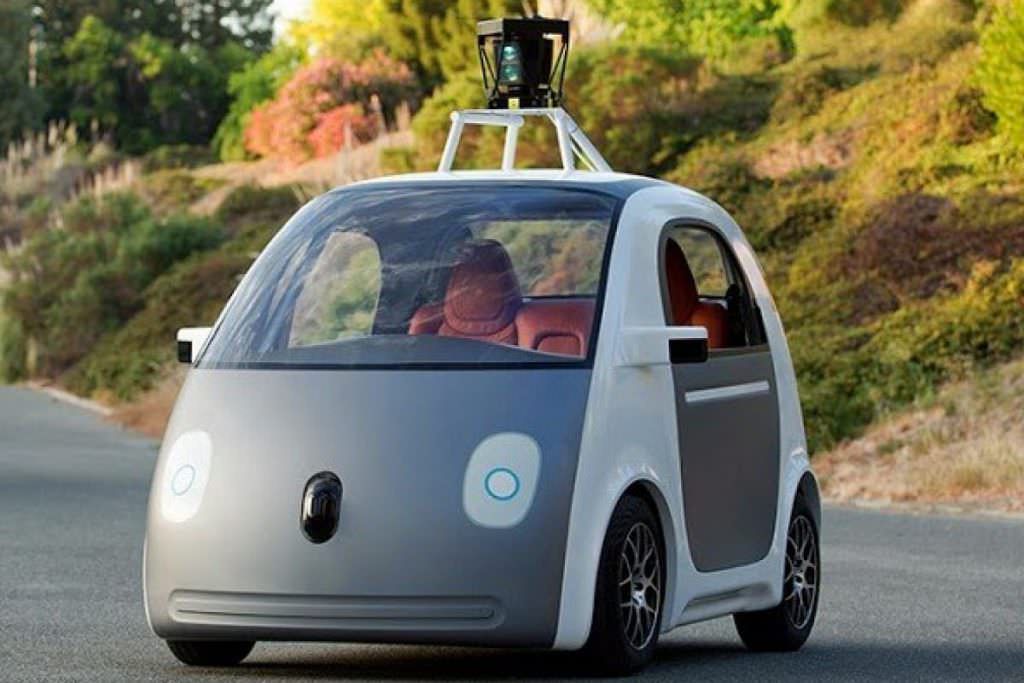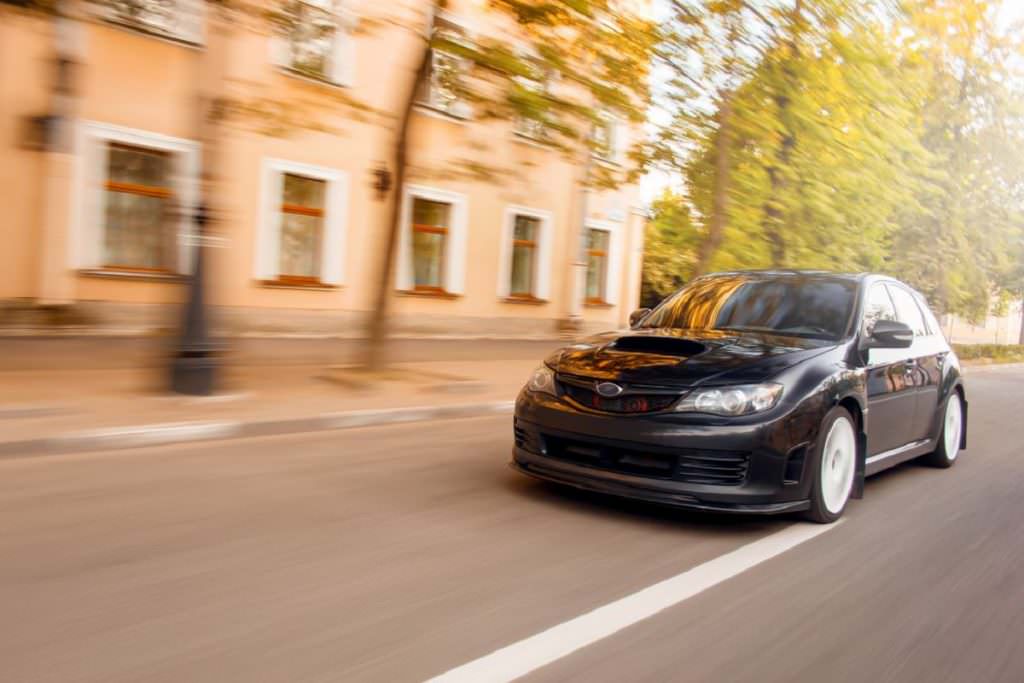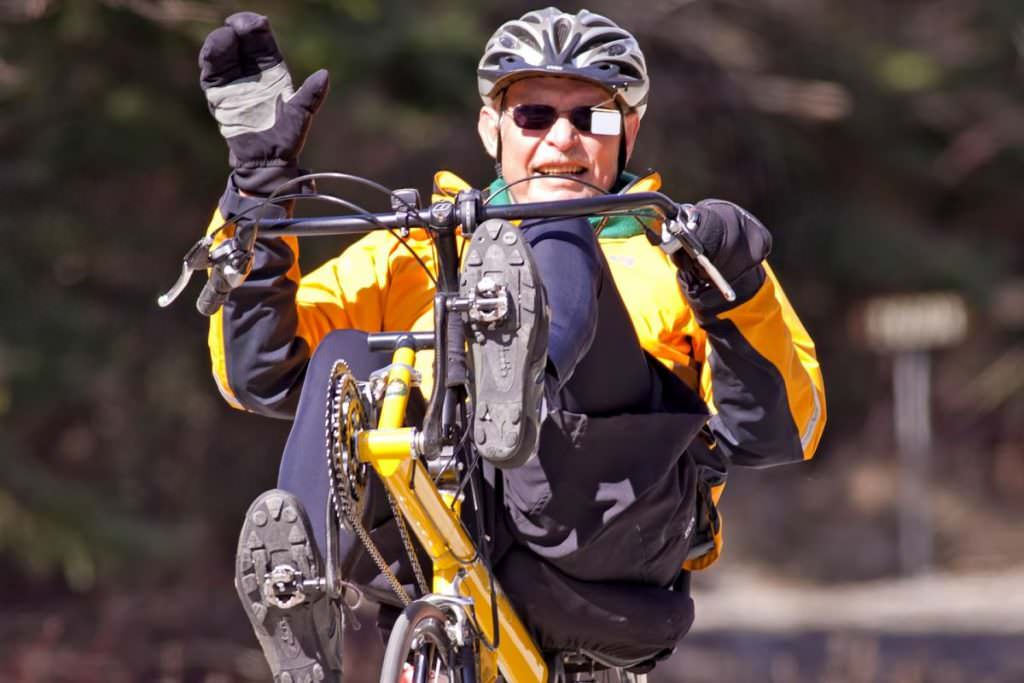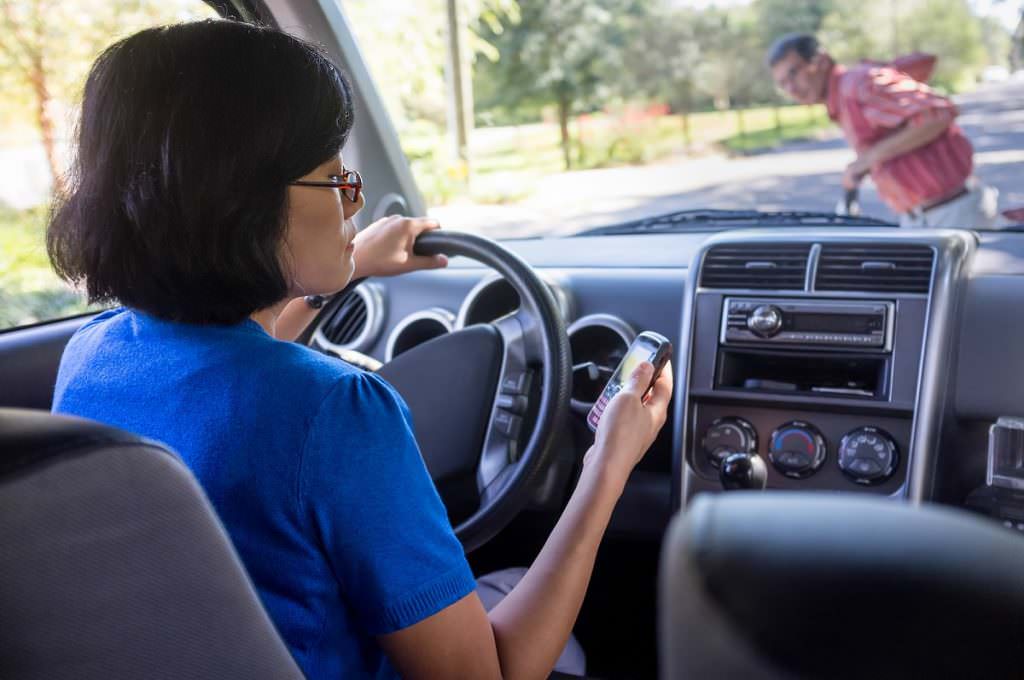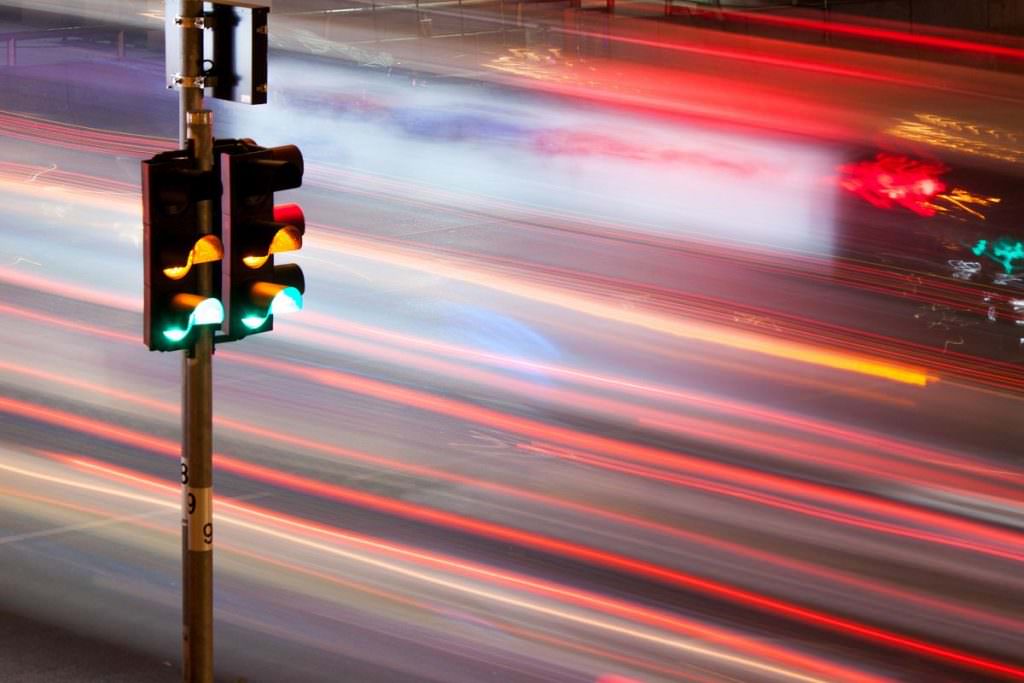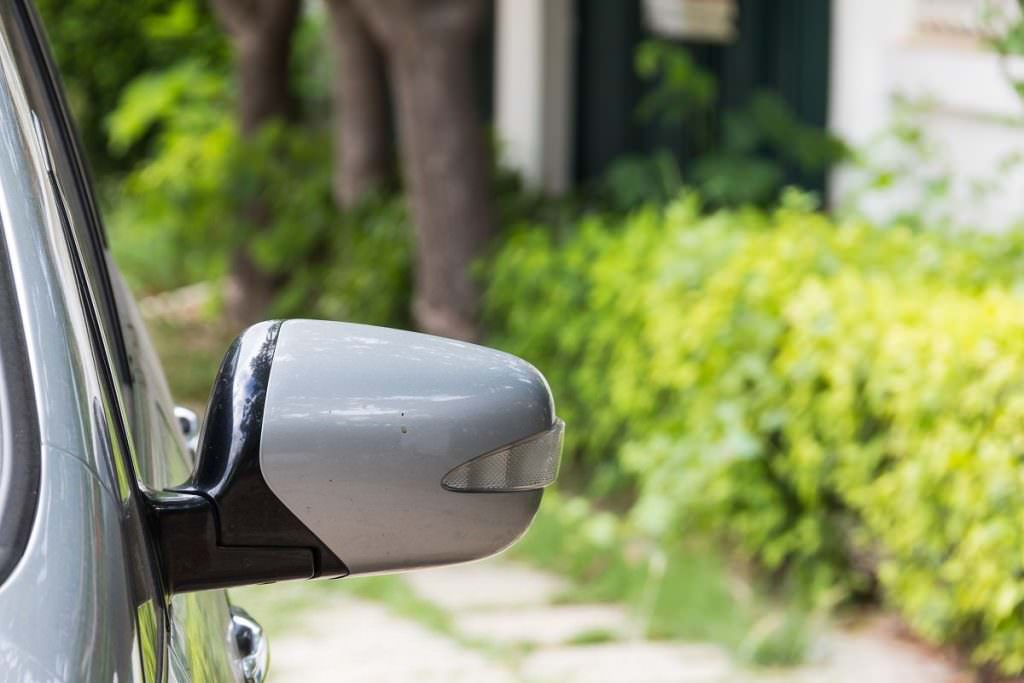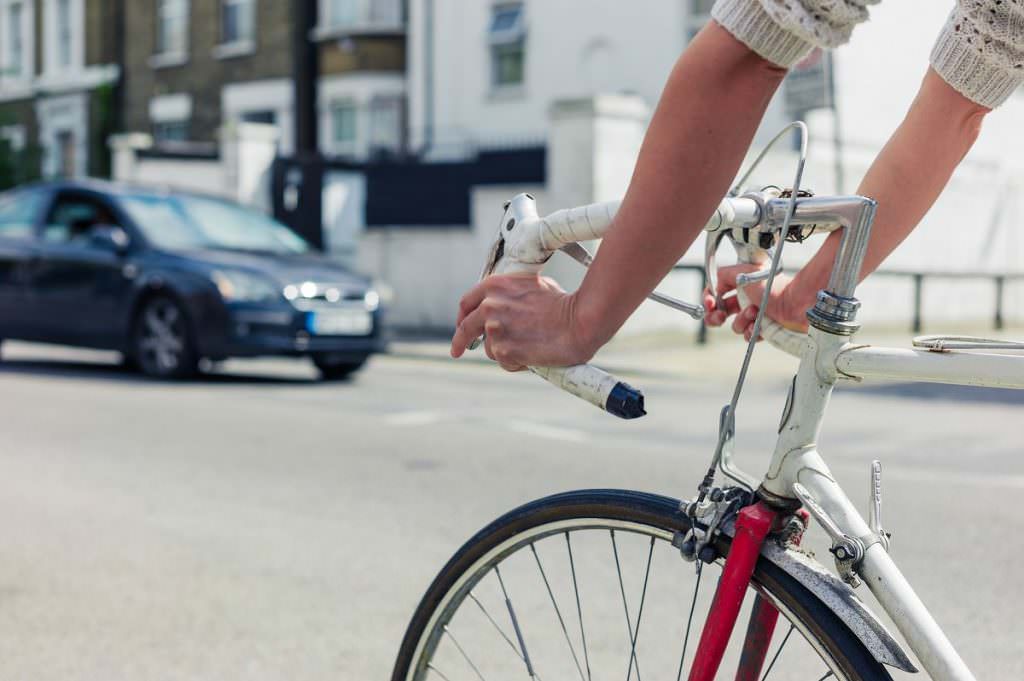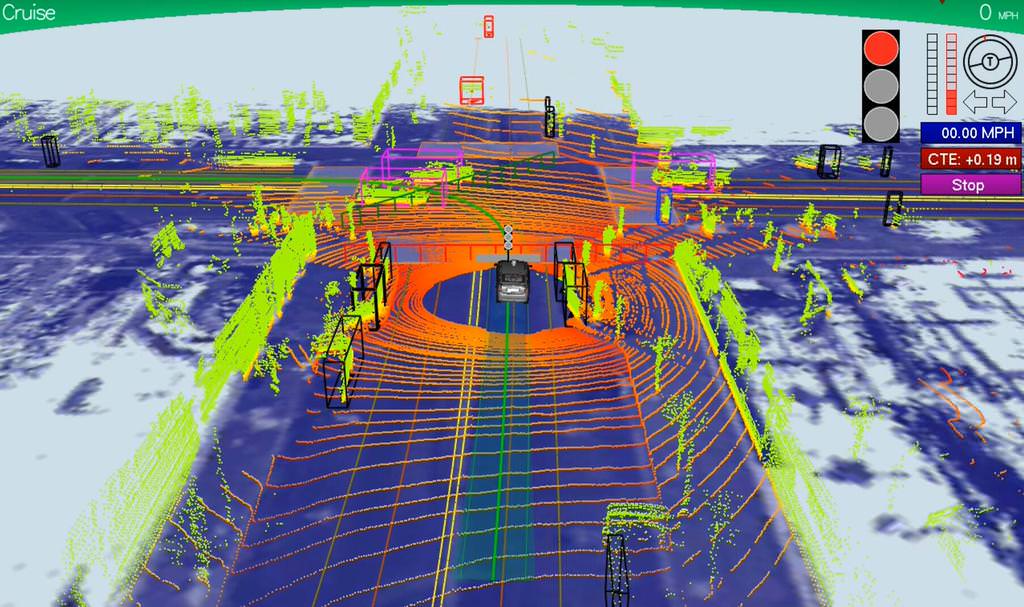In May 2010, Google implemented the first self-driven cars. For those of you who don’t know about this, try reading the news sometime. These cars seemed to be straight out of a science fiction movie. They used a complex system of lasers, sensors, and computer programs to predict the behavior of other vehicles. They could adapt to them as well.
Why You Should Love Driverless Cars
So as a cyclist, why should you be a fan of the new technological marvel that could change the world as we know it? After all, there are so many collisions out there, that one could argue that the money could be better spent on educating human drivers about the risks of unsafe driving. Here are some of the reasons why it is simply better for a cyclist to live in a world without humans behind the wheel:
1. The speed limit
Google Cars are programmed to stick to the speed limits in the areas they are being tested. For example, the current cap for the speed limit of a driverless car from the company is 25 mph, no more. With all cars driving at this speed, some electric bikes would be able to beat them silly in a race!
A lot of the accidents that occur between cyclists and vehicles are due to speeding. Nobody seems to understand that speed kills. In addition, speed kills cyclists almost instantaneously because of our lack of external protection. Headgear and pads are not going to be much use when hit sideways by a car barreling through an intersection.
2. Safe driving distance
When a Google car is behind you, the radar sensors on the front bumper are going to identify you almost immediately. As a moving object in front of the car, the processor will immediately force the car to maintain a safe distance behind you.
Gone will be the days when there were cars about 2 inches away from your rear tire, tooting their horns endlessly because they were too impatient to wait for a light to change. The Google car should be the kind that will wait patiently as you ride along, without any pressure from behind at all. What a peaceful ride that should prove to be.
3. Gesture sensing
Google’s software for its cars has been specially adapted to give priority to cyclists. FINALLY, someone pays us more attention than it does to other cars! In fact, upon detecting a cyclist on the road, the car will then watch you for hand signals.
This means that if you are going to make a turn, and you stick your hand out as the law demands, the car will slow down so that you can take that turn in peace. This is one thing that will be tremendously useful, in a world where too many people are texting while driving.
The technology behind this is pretty marvelous. Using the LIDAR, radar, and camera systems, the car will measure the height from the top of your head to the road. This height is compared with the average height of cyclists in the area, and you are then identified as one.
Using the cameras, it then identifies parts of your body in such a way that it can tell where your arms and legs are about the road and your own body. It looks at everything, including the distance between your hand and your head, and even the angle at which your elbow is bent while riding!
4. Quick reactions to the times when you mess up
We all have been through it. Bicycles have been known to fail you at the worst possible times. For example, a chain could snap at the very moment that the lights turn green at an intersection. Even worse, something could get caught in your wheel, forcing you to make an emergency stop.
Some cyclists tend to forget what brake lever connects to a certain wheel. This can lead to someone hitting the front brakes quite hard at speed by mistake, causing them to flip over and hit the dirt hard. We have all been through these types of situations, and they can be fatal on busy city streets.
However, Google Cars uses technology that has a much faster reaction time than any human could hope to. This means that they will always be sensing your actions and adapting to them. You could flip on your bike while riding down the street and still be able to survive because the car probably won’t even come close to hitting you.
5. Zero distractions
This is one of the best things about an automated car. Human drivers are notorious for getting distracted by the smallest things. A gorgeous butterfly could distract the more nature-minded among us from our view of the road.
More commonly, you find that drivers are distracted by their electronics. It is very common to see drivers listening to music using earphones, or even texting while driving. These all contribute to a very dangerous road indeed, where people are paying less attention to the road than they are to their tech.
When a cyclist crosses these drivers’ paths, we don’t have horns to toot to warn them that we are there. There are perhaps a few cyclists who use a bell, but for the most part, we are silent. This means that we could be knocked down very easily by a human driver who happened to be texting his girlfriend at the time.
The Google Car eliminates the risk of that happening by not having a girlfriend. On a more serious note, the car uses 3D mapping and radar, as well as very focused computer processors to make sure that the road is being watched at all times. By eliminating the need for a human driver, cyclists everywhere can finally feel safe on streets populated by texters.
6. No speeding off when the lights change
A large amount of vehicle accidents occur because drivers tend to shift into race mode the second the lights at an intersection turn orange. This means that they speed out into the open intersection the instant the light switches to green.
If a cyclist is delayed due to slow acceleration or other factors before the light changes, they will almost definitely be left straggling behind. A fast start on the other lane would mean a collision could have a high chance of happening.
The Google Car, however, is programmed to wait 1.5 seconds before starting to move. This may seem like a very small time, but it cuts the accident rate by about 80%. You can feel safe about having been too slow to clear an intersection during the green light on your lane.
7. No blind spot
Every human has a blind spot in their field of vision. It is how we are made. Our eyeballs have the tiniest of gaps that make one area of our vision blind. This means that a cyclist in this area could be hit, simply because the driver never saw them coming.
Since the Google Car uses a 360-degree map, the risk of this happening is all but eliminated. There are no blind spots for a computer. Instead, it will always be able to tell exactly where the vehicles in its surroundings are at all times.
8. You can mess with it a little
This isn’t a safety issue. The car’s software has a small bug, which can be exploited by people riding fixies on the streets. We all do the track stand at intersections. To those of you who don’t know what this is, it is a way of staying stopped without keeping your feet on the ground, by moving slightly back and forth to maintain balance.
A cyclist recently had an experience with a Google Lexus self-driven car, in which he was doing a track stand at an intersection to allow the car to go, as it had the right of way. However, every time the cyclist made a forward motion, the car would stop. This means that the car is extremely safe, of course, but it also means that it might be okay to have a little fun with one if you are riding a fixie.
Safer streets for everyone
The cars from Google are actually among the safest automobiles in the world. In over 700,000 miles driven, the car has been in a mind-numbing total of 14 accidents. All of these were the fault of the human drivers in other vehicles, and not the self-driven car itself, or its programs.
In one, another driver hit the back of the car (this was the cause of more than 12 of the 14 accidents: being rear-ended at stop signs and traffic lights) and in another, the car crashed while being manually driven on a test run. As can already be seen, this makes human error the main cause of accidents on the road. According to Chris Urmson below, the number of road accidents every day causes fatalities equal to a fully loaded Boeing 737 Jumbo Jet falling out of the sky each day.
With numbers like this, it is only logical that this next step in the evolution of automobiles be taken. It will lead to far safer roads and a huge reduction in traffic. In fact, according to Urmson, almost 600 human lifetimes are wasted every day by Americans driving to work, because of the time taken to get there on already congested roads.
Cyclists are the most at-risk
Cyclists are among the most vulnerable on the roads. If you are an urban rider, you know exactly what a death trap the streets of the city can be. With everyone in such a hurry to get where they need to go, nobody pays a second thought to the most exposed commuters on city streets: cyclists.
In addition to the fact that nobody respects the right of way at intersections when only a biker is on one side, there is also the intense danger of a car door opening at the same moment that you are riding towards it. Countless cyclists have recounted horror stories where a driver opens their door without paying a second thought to the lane behind him.
How a Google Car Works
There is a huge amount of technology propelling Google’s self-driven vehicle to new heights in terms of innovation and enterprise. While the more technical aspect of it may feel foreign to us cyclists, whose main concerns revolve around freewheels, forks, and other bike jargon, it is something you should be familiar with. After all, it could be that there will be self-driven bikes too someday. Only joking; sit down, angry people.
You may have noticed a rotating contraption on top of the cars in pictures or even the test vehicles on the streets. This is the main part of the vehicle, known as LIDAR (Laser Illuminating Detection and Ranging). It uses the same technology used by bats to see well. It constantly bounces lasers off surfaces in a 360-degree area around the car, allowing it to build a virtual map of its environment.
This allows the car to create a map of the objects around it. However, it also needs to gauge the speed and motion of the vehicles in its area, in real-time. Two radar units each in the front and rear bumpers allow the car to recognize potential collisions long before they happen. When necessary the radar sensors tell the car to hit the brakes or move to avoid a possible collision.
In addition to this, the cars use a system of cameras to build a picture of the surroundings in the same way that the human eye does. According to some reports, this system is as simple as several GoPro cameras mounted all around the vehicle. The car can still function even if the cameras go kaput, of course.
The more advanced Google Cars also feature Sonar technology, which allows for cross-referencing with LIDAR and other systems to ensure that the best, and safest measures are taken to avoid collisions.
Cyclists and Google Cars: Still a Better Love Story than…
These 8 reasons show you why you can always rely on Google and its very innovative cars to provide you and fellow urban cyclists with a far safer ride in the city. While it is unclear whether automated cars will be allowed to populate the streets shortly, we all know that it is the only way forward.
To the cyclist, this is the best news since the invention of aluminum frames. We can all look forward to streets that are infinitely safer soon.
Should you have any questions or require further clarification on the topic, please feel free to connect with our expert author Luke Ameen by leaving a comment below. We value your engagement and are here to assist you.


